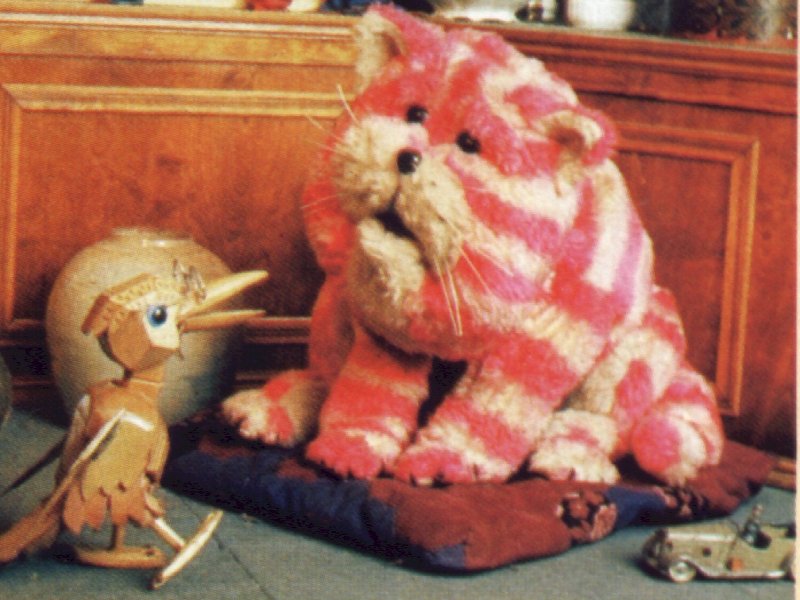 Wilbert Vere Awdry was born on the 15th June 1911 was a railway enthusiast and children's author. He was better known as the Reverend W. Awdry, he was the creator of Thomas the Tank Engine, the main character in his famous Railway Series which had its first broadcast on the ITV network in 1984.
Wilbert Vere Awdry was born on the 15th June 1911 was a railway enthusiast and children's author. He was better known as the Reverend W. Awdry, he was the creator of Thomas the Tank Engine, the main character in his famous Railway Series which had its first broadcast on the ITV network in 1984.Thomas the Tank Engine is a small fictional steam train in The Railway Series books by the Reverend Wilbert Awdry and his son, Christopher. He became the most popular character in the series, and is the main character in the accompanying television series, Thomas & Friends.
homas the Tank Engine and Friends" is "live action model animation. To create the characters of Thomas, Henry, Percy, Gordon, and the gang, model-makers start with Marklin model train chassis and then modify the bodies to represent the various characters. Under a train's body shell lies the mechanism for moving the engine's eyes -- up, down, sideways, or 'round and 'round -- by radio control. In addition, there is a diaphragm pump and smoke unit to blow the specially formulated "smoke.".
 Each character has its own basic face, which is first sculpted in clay. Then a rubber mold is made, and several copies are cast in a mixture of resin and auto-body filler. Each replica is reworked into different expressions, from which a final silicone casting is taken. The characters' faces are changed between shooting sequences and are held in place with nothing more than double-sided adhesive tape. Thomas alone has more than 40 faces cast for him, while the other engines have five or six each.
Each character has its own basic face, which is first sculpted in clay. Then a rubber mold is made, and several copies are cast in a mixture of resin and auto-body filler. Each replica is reworked into different expressions, from which a final silicone casting is taken. The characters' faces are changed between shooting sequences and are held in place with nothing more than double-sided adhesive tape. Thomas alone has more than 40 faces cast for him, while the other engines have five or six each.
Thomas the Tank engine and friends is now created completely by CGI.
Thomas the Tank Engine
















